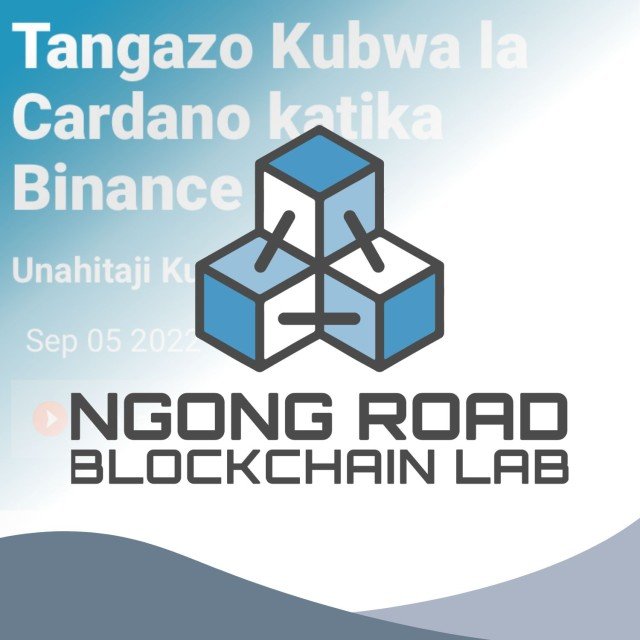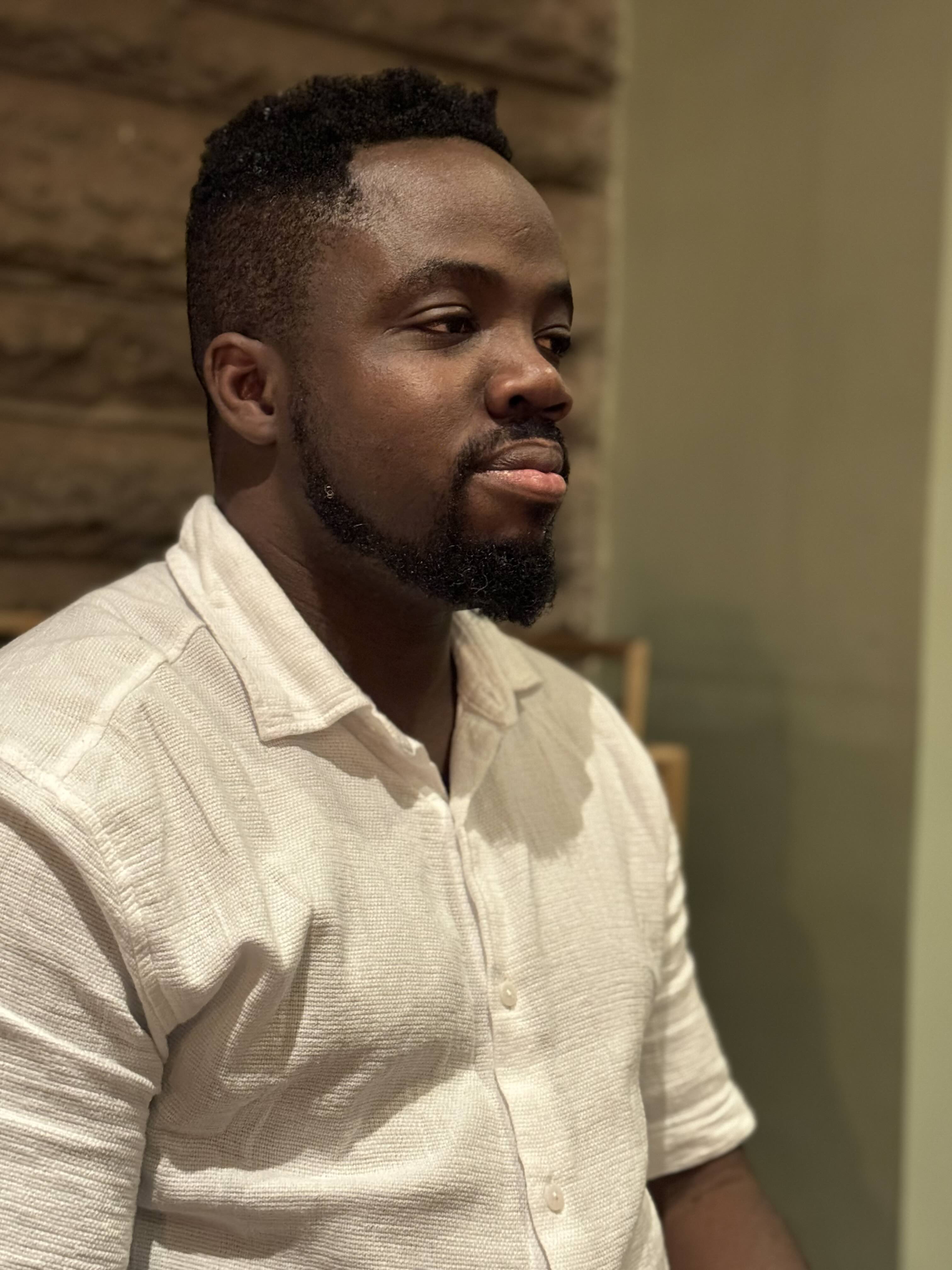Please describe your proposed solution.
The proposed architecture will first be developed on Cardano and stands to be groundbreaking and unique in its approach toward the inevitable fusion of brain and blockchain. <u>Neuralprint is a broader project, and this proposal specifically is for the necessary development at this stage of crypto/tokenomic architecture for fusing the complexity of the brain and biometrics with web3 tokenomics.</u>
This proposals comes on the heels of three previous successful and closed-out Catalyst proposals (1 in F7, 2 in F8), all executed by the proposer. The present proposal builds upon previous work.
Neuralprint
Next Generation Biometric Identity, Authentication, Permissioning, And Security
<< Neuralprint technology is Patent-pending >>
Company Purpose:
- To Revolutionize Identity, Authentication And Security Using State Of Mind Technology (Static vs. Dynamic).
- Bringing The Mind To The Forefront Of Engaging With Technology.
The Problem:
Security Solutions Today Are Expensive, Clunky, Hard To Implement, And Aren’t As Secure As Advertised. They Also Suffer From A Lack Of Nuance.
The Solution:
Neuralprint’s System Is Unique, Fast, Easily Measurable, Inexpensive, And Easy To Install
Why Now?
Existing Systems Aren’t As Secure As Advertised. Ours Is. Static Today; Dynamic Learning System Tomorrow That Enables Greater Functionality.
Market Size:
The Global Cyber Security Market (TAM) Is $249 Billion.
By 2027, 50% of large enterprise CISOs will adopt human-centric security design practices. Cybersecurity threats are changing.
Product:
Neuralprint Is A Brain Wave Reader System. Slim form-factor EEG interface + Cloud Data. (Patent-pending)
Team:
- Dr. Gabriel Axel Montes: CEO, Founder. SingularityNET. Neuroscientist, Consciousness expert. Ethical AI. History of successful Cardano Catalyst engagement (proposals/projects)
- David Harding: Advisor. CTO, SVP Engineering, Renown Security, Identity, Cloud Expert. Private Equity.
- Dan Mapes, PhD: Advisor. Co-designer of the Spatial Wb IEEE Protocol. President, VERSES.ai & The Spatial Web Foundation.
- Edward Brennan: founding CFo & Advisor. Venture Capitalist, Board Member, Advisor to Several StartX & Y-Combinator Companies.
<u>Risk mitigation</u>:
-
Risk (1): Immediate hiring need. Our team is actively searching for a machine learning now. Due to global demand for AI talent and in order to attract suitable talent in a timely manner, we are offering (in the budget) an above-average salary. This will also help to increase the chances of keeping a strong engineer beyond the scope of this proposal.
-
Risk (2): Challenges in appropriate marketing reach.
-
We have budgeted for a social media in this proposal in order to begin building toward this goal from the beginning.
-
The proposer is a veteran member of and leader in the SingularityNET ecosystem, which has multiple projects with existing and expanding user bases that could be marketed to and leveraged.
-
Risk (3): EEG brainwave biometric development, like much of any hardware development, can take time, typically more than software development. To mitigate, the proposed project is focusing primarily and largely on already available (collected) datasets, which removes the logistics barrier associated with recruiting participants, etc.
How does your proposed solution address the challenge and what benefits will this bring to the Cardano ecosystem?
The proposed project brings a novel technology to Cardano, making Cardano a first-mover chain in the space. This proposal poises Cardano to be used in a key technology in the world. It also builds on and adds functionality to existing products (successful, closed-out proposals from F7, F8).
This proposal thereby fulfills criteria of the Challenge, including the following metrics:
- Increasing the number products available for the community to use that help to enrich the ecosystem with new use cases.
- Increase the number of integrations that bring existing solutions together for a more seamless and connected experience between different products.
- Increased quality of existing products & integrations through improvements and new functionality.
How do you intend to measure the success of your project?
The project will be measured primarily by achieving a substantive design which can be further developed. More specifically, the design is expected to self-evidence various functions for tokenomics (on Cardano chain). Benefits include those mentioned in the previous section of the proposal.
<u>Risk mitigation strategy</u>:
-
Risk (1): Immediate hiring need. Our team is actively searching for an appropriate engineer now. Due to global demand for specialised tech talent and in order to attract suitable talent in a timely manner, we are offering (in the budget) an above-average salary. This will also help to increase the chances of keeping a strong engineer beyond the scope of this proposal.
-
Risk (2): Limited social/marketing reach.
-
We have budgeted for a social media in this proposal in order to begin building toward this goal from the beginning.
-
The proposer is a notable member of and leader in the SingularityNET community and ecosystem, respectively, which has multiple projects with existing and expanding user bases that could be marketed to and leveraged.
-
Risk (3): R&D on the brain/biometric/hardware aspect(s) of the project not keeping pace with the software aspect of the project. As with any project that involves hardware, they tend to not move as fast as the software side. To mitigate this, in the R&D, we will use openly available data as much as possible (much of which has already been identified). This shifts the hardware logistics into more of a software matter.
Please describe your plans to share the outputs and results of your project?
The results are expected to be used in an R&D capacity. The project will be spoken about at a high-level for broad understanding. High-level results from the R&D will be shared with the community as along the way, in accordance with respect for sensitive data.




